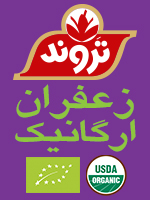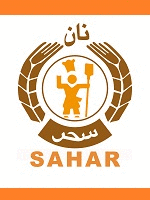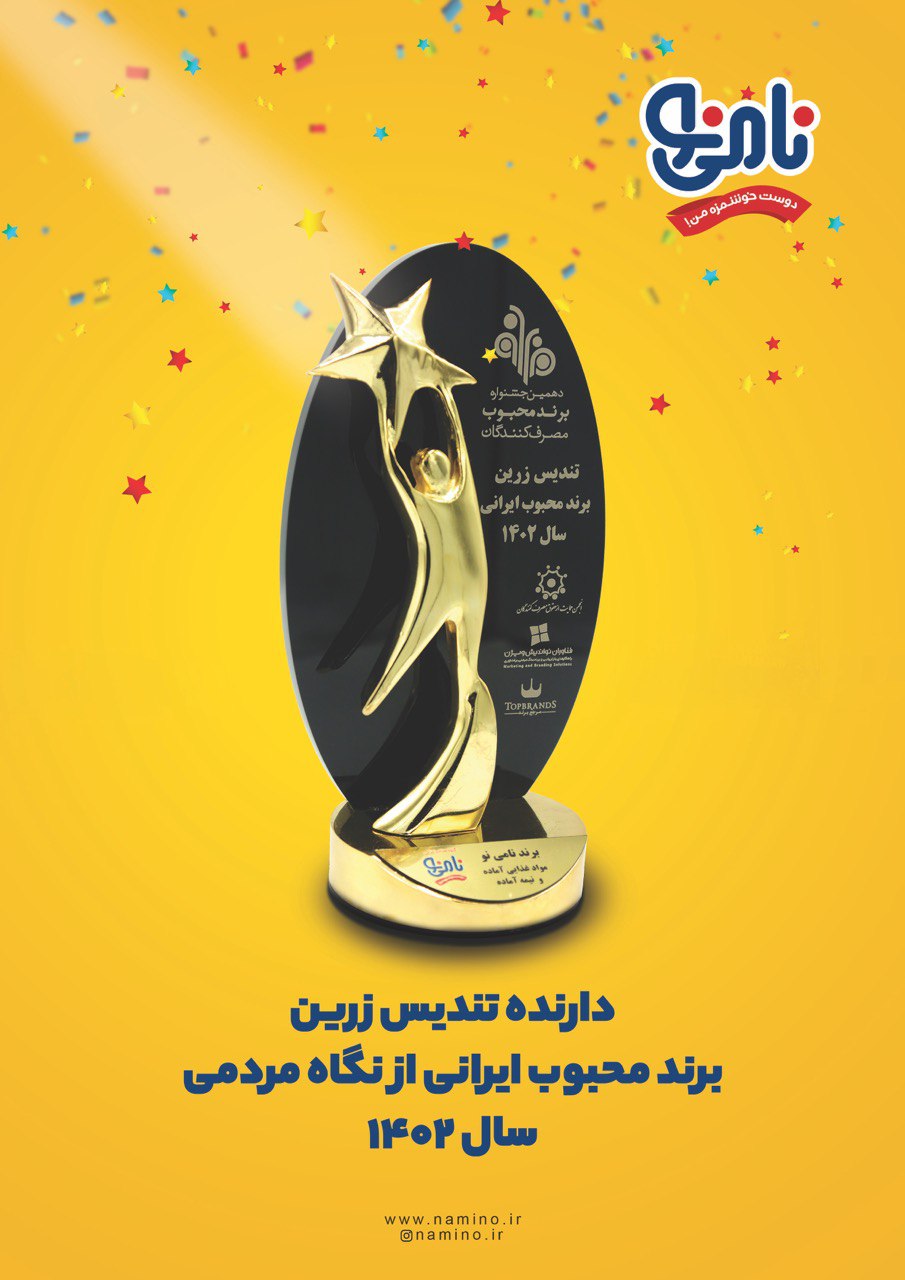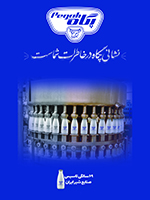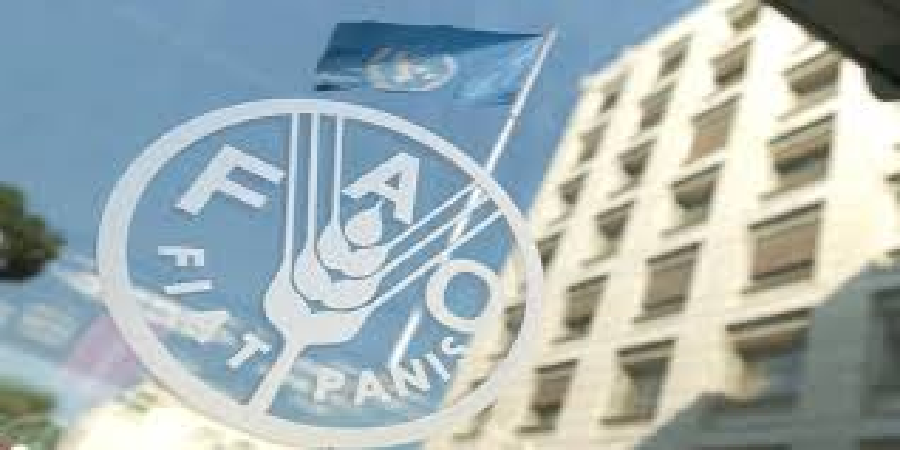سازمان خواربار و کشاورزی ملل متحد (فائو) دو محموله دیگر از تجهیزات و اقلام کنترل و مبارزه با ملخ صحرایی را در اختیار ایران قرارداد.
به گزارش صنعت غذا و کشاورزی، براساس بیانیه مطبوعاتی دفتر نمایندگی فائو در ایران، این سازمان در چارچوب برنامه همکاریهای فنی اضطراری که از سوی فائو تأمین مالی شده و از طریق همکاری نزدیک با سازمان حفظ نباتات وزارت جهاد کشاورزی ایران هماکنون در دست اجرا است، ۵۷ دستگاه سمپاش با کاربرد فرمولاسیون غلظت بسیار کم (شامل ۵۰ سمپاش دستی و هفت سمپاش کولهپشتی) به همراه ۱۰۴۰۰ لیتر آفتکش از نوع دلتامترین با فرمولاسیون غلظت بسیار کم را با ارزشی بیش از ۱۰۰ هزار دلار (۲۲ میلیارد ریال) در اختیار سازمان حفظ نباتات کشور قرار داد.

به گفته مهناز شعبانی، کارشناس مدیریت آفات دفتر نمایندگی فائو در ایران، «این تجهیزات – که شامل محمولههایی که به تازگی تحویل داده شدهاند به همراه ۲۵ سمپاش پشتوانتی از پیش تحویل داده شده – با استفاده از منابع مالی اختصاص یافته به این پروژه از سوی فائو خریداری شدهاند و می توانند ظرفیت فنی نهادهای مسئول ایرانی را در زمینه کنترل و همچنین کاهش حجم و گستره ریزش ملخهای صحرایی به کشور تقویت کنند.»

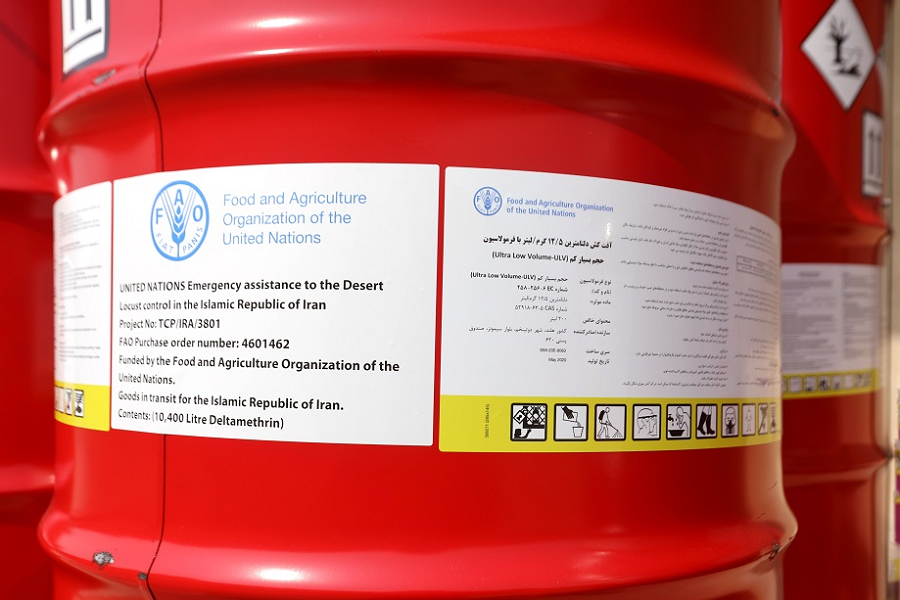
به گفته وی، برگزاری کارگاههای آموزشی برای ۳۲۰ کارشناس و متخصص حفظ نباتات و کمک به تدوین و توسعه یک راهبرد یکپارچه مدیریت ملخهای صحرایی در کشور، از دیگر بخشهای مهم این پروژه ۵۰۰ هزار دلاری همکاریهای فنی فائو با عنوان اقدام فوری برای ظرفیتسازی جهت کنترل ریزش ملخهای صحرایی در جمهوری اسلامی ایران است.
FAO supplies Iran with more desert locust equipment, supporting the country in containing the pest invasion
FAO delivers more sprayers and Very Low Volume Formulation pesticides to Iran, worth over USD 100 thousand, to assist the country in its efforts to control the desert locust infestation.
Tehran – The Food and Agriculture Organization of the United Nations (FAO) delivers two more consignments of desert locust control equipment and materials to Iran to further enhance national technical capacity to prevent and decrease the damages caused by this migratory pest.
According to a press release published by the FAO Representation in Iran, as part of an ongoing Technical Cooperation Programme (TCP) emergency project being funded by FAO and implemented in close cooperation with Iran’s Plant Protection Organization (PPO) under the Ministry of Agriculture-Jahad, the Organization hands over 57 Ultra Low Volume (ULV) pesticides sprayers (including 50 handheld and seven knapsack sprayers) along with 10.4 metric tonnes of ULV Deltamethrin pesticides, worth over USD 100 thousand, to PPO.
“Procured through the FAO allocated fund, these pieces of equipment and materials, including current deliveries as well as 25 vehicle-mounted sprayers handed over previously, will boost the technical capacity of Iranian authorities to control and decrease the volume and extend of pest infestations in the country,” said Mahnaz Shabani, the FAO Pest Management Specialist.
Emphasising the criticality of desert locust early warning system, Shabani also asserts, “FAO will supply Iran with laptops and smartphones and a locally modified and simplified graphical version of a digital platform named eLocust3 for Android smartphones to enhance the dedicated national efforts to track, monitor and report on the desert locust invasion in the country.”
“Providing high-level learning opportunities for three Iranian master trainers as well as conducting training workshops for 320 plant protection and agriculture officers, drivers and plant protection organization provincial heads in five southern desert locust-stricken provinces of the country, are among the other important components of this USD 500,000 TCP project being implemented by the Organization in Iran,” added the FAO Pest Management Specialist.
Entitled Urgent Action for Capacity Building to Control Desert Locust Infestation in the Islamic Republic of Iran, this TCP project will also facilitate the development of an integrated desert locust management strategy for the country and assist the national authorities in fielding the recommended guidelines to further improve monitoring and disaster risk reduction of pest infestations in Iran.
As per Mr Mahmoud Chalaki, Deputy Head of General and Public Pests of PPO, “over 406,000 ha of lands and rangelands have been chemically treated across the country during the last nine months. The presence and density of desert locust have been decreased in Iran as the pest migrated to summer-breeding areas in the border of Pakistan and India. However, there are still serious concerns that this pest on its way back towards the west of summer breeding areas in November infest the country again.”
FAO, being the UN specialised agency dedicated to increasing food and nutrition security, is implementing similar projects in other desert locust-affected countries, all aimed to support its Member States in managing the threat posed by this pest.
سرویس خبری: کشاورزی










